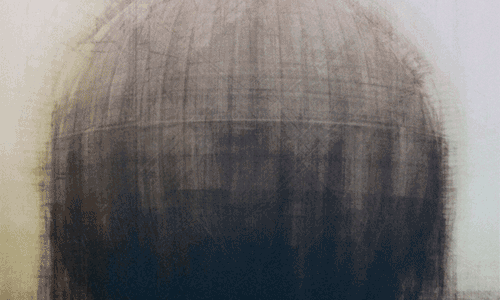Today I saw a delightfully odd piece of news on the BBC – apparently the Andy Warhol museum is using a webcam to allow people to visit his grave, in honour of his 85th birthday.
I’ve noticed how zoos and animal shelters have had great success using webcams to attract online attention. Last summer I spent hours looking at bumbling kittens at a cat shelter while trying to stay sane during my dissertation – and so did my other coursemates. As Fox pointed out though, animals move and are thus generally interesting. I’m not suggesting webcams would work in exhibits all that well, but there may be other uses for them.

Aww, kittens!
Archaeology
People find excavations genuinely fascinating, but they can’t always visit the site themselves. Excavations can be in remote places, people can be housebound, or any number of obstacles. Putting up a few webcams – possibly utilising 3G to stream the imagery – around the excavation site may be a wonderful addition.
One could give an overview of the site, one could provide a glimpse of a current trench, and another cam could be placed wherever the finds are being processed. Imagine how intriguing it would be to tune in and see a piece of beautiful ceramic emerge from a muddy lump! Well, it gets me excited, at least. I’d love to see more of that stuff, and I’ve worked on things like that!
Conservation
This seems to be a huge opportunity to show the world more of what conservators do. Sure, you could technically screw up on cam, and that would be bad. But say you just want to show something basic, say the difference some solvent cleaning makes, or how to mix up some Paraloid B-72 and using it to stick something together. Not necessarly tutorials, just showing everyday activities to website visitors.
Behind-the-scenes activities are usually appreciated, and this may be a way of getting conservation in the spotlight. Perhaps a once a week conservation drop-in online would make a great addition to your digital presence?
Historic Houses and Museums
Like I said initially, I can’t see this working for exhibitions or individual objects. However, there are other things people may be interested in streaming from home:
- special events they can’t attend (talks, workshops, seminars, demonstrations, re-enactments) and that are fairly stationary (and thus lend themselves to webcams as opposed to full on filming);
- sneak peeks of preparations for a new exhibition (things getting installed, models being prepared, people scurrying around), perhaps with a countdown for the upcoming exhibit;
- behind-the-scenes activities.

Examples of possible uses.
The Nitty Gritty
Webcams aren’t all that expensive in the scheme of a museum budget. They’re not usually free, unless you can find a willing sponsor, but I imagine you can pick them up at a reasonable rate online (a quick browse on Amazon and eBay indicate a price range of £8 – £20 for a realtively high quality cam). You may even be able to pick them up second hand, depending on where your organisation is based and what your needs are.
They may be tantalizing to steal, but if you secure them properly and buy a cheap webcam to start with, this is a very small concern. A bigger concern may be getting permission from everyone involved to have their image broadcast on the internet – especially as many people are quite camera shy!





